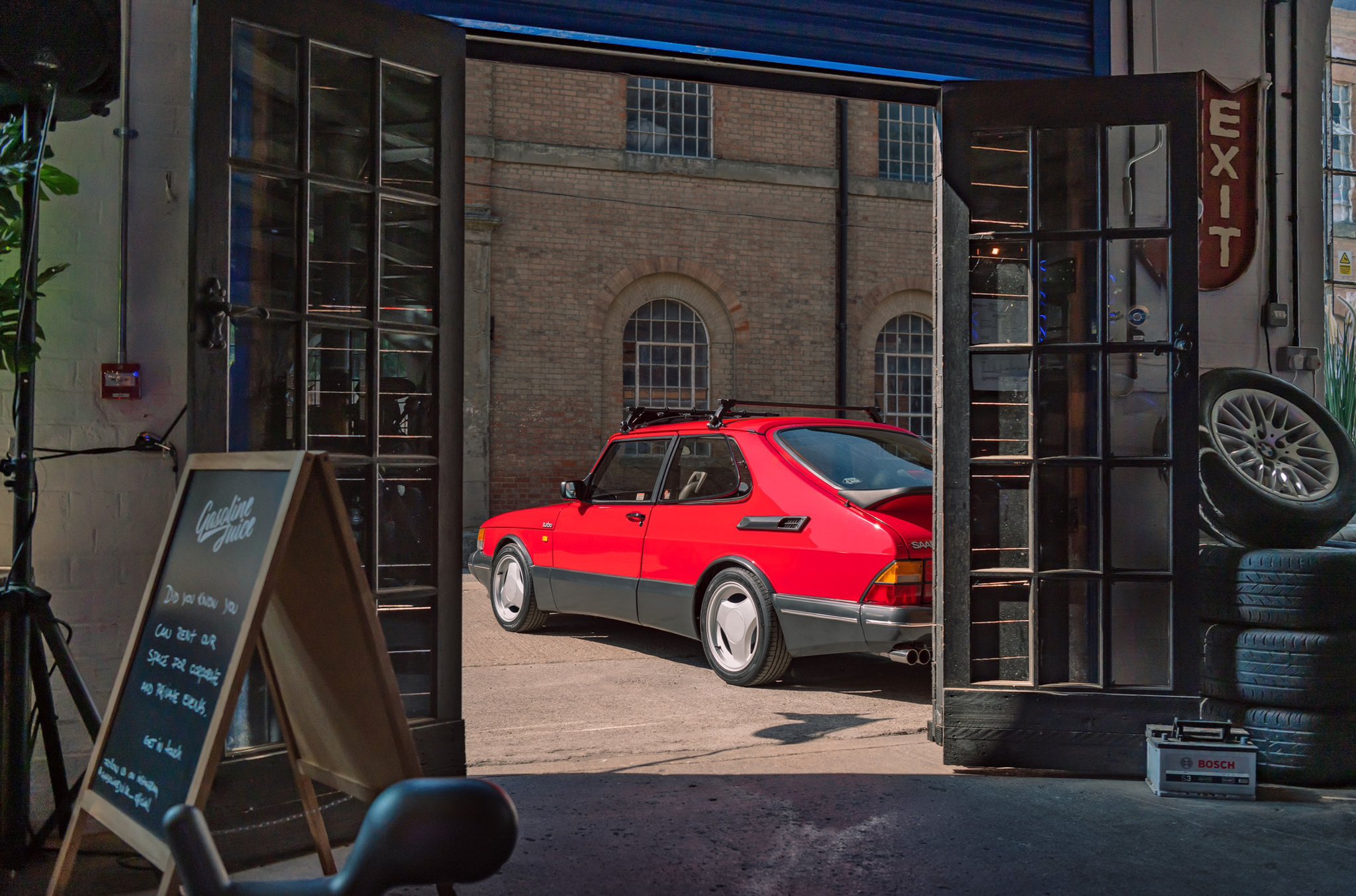It’s been 14 years since Saab vanished from U.S. showrooms. December 2011 marked the end—bankruptcy papers filed, the last 9-3 and 9-5 sedans rolling off dealer lots, and the quirky Swedish marque gone overnight. For a brand that never sold more than 38,000 cars in a single American year (its 1986 peak), Saab punched far above its weight in loyalty. Ask any owner and you’ll hear the same refrain: “It wasn’t just a car; it was a personality.”
So we’re asking you—do you miss Saab? Was it the turbocharged whistle under hard acceleration, the ignition key between the seats, the night-panel dash that turned every gauge black except the speedometer? Maybe it was the hatchback 900 that swallowed IKEA runs whole, or the 9-5 wagon that looked like nothing else on the road. Drop your favorite memory below—Turbo X in Electric Blue? The original 99 EMS with its soccer-ball wheels? We want the stories.
The bigger question: could Saab stage a comeback? The name survives under National Electric Vehicle Sweden (NEVS), which has built EV 9-3s in China since 2017, but none carry the griffin badge in America. Intellectual property is tangled, and the U.S. market has moved on—crossovers, not sedans; Tesla, not turbo fours.
Yet stranger resurrections have happened. Polestar, once Volvo’s performance trim, is now a standalone EV brand. Rivian and Lucid arrived from nowhere. Imagine a Saab reborn under a deep-pocketed partner—Polestar’s Geely cash, Hyundai’s platforms, even Ford’s unused Michigan plants. A compact electric hatch with 400 hp, aircraft-inspired cockpit, and that signature wraparound windshield could turn heads again. Quirky doesn’t have to mean dead.
Saab taught us cars could have soul. Fourteen years later, the roads feel a little more generic without it. Tell us: would you line up for a reborn Saab tomorrow—or is the flame finally out?
